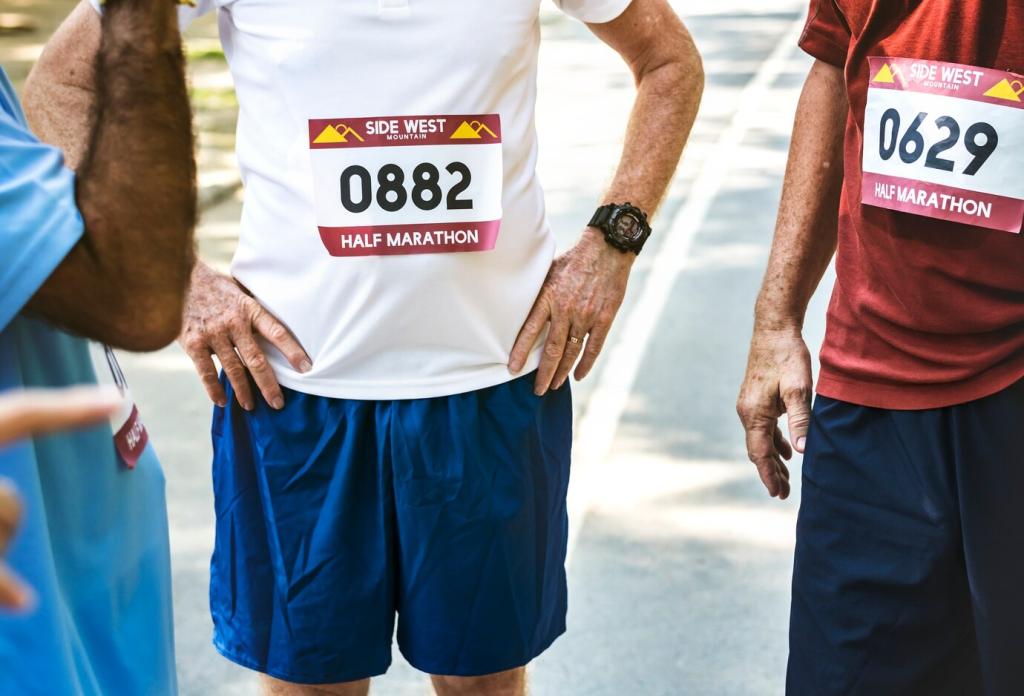Race-Specific Workouts That Travel
Run 3 x 5 kilometers at marathon pace with two to three minutes easy between, converting to kilometers for overseas races. This teaches steady effort, precise fueling intervals, and mental calm when pacing signs switch from miles to kilometers mid-race.
Race-Specific Workouts That Travel
Finish the last 8 to 12 kilometers at marathon pace to rehearse late-race resilience. Practice sipping gels and water at race-accurate intervals. Replicate course features by inserting bridges, rolling paths, or city turns to build confidence for foreign streets.
Race-Specific Workouts That Travel
Use short, controlled reps—10 x 60 to 90 seconds at 10K effort with equal jog—focusing on relaxed arms and quick feet. This boosts economy for cobblestones or narrow corridors often found in historic international city centers.
Race-Specific Workouts That Travel
Lorem ipsum dolor sit amet, consectetur adipiscing elit. Ut elit tellus, luctus nec ullamcorper mattis, pulvinar dapibus leo.











